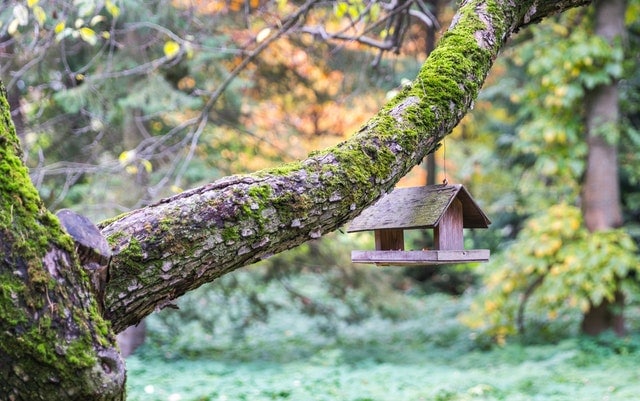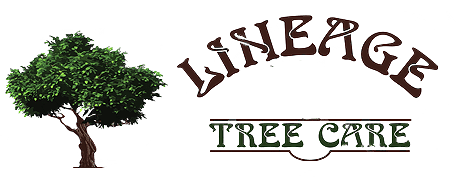
Moss thrives in dark and damp environments, making the Pacific Northwest an ideal climate. If you are learning to identify moss on your trees to ensure the moss isn’t harming your tree, here’s a helpful beginner’s guide to moss.
What is Moss?
Moss belongs to a greater group of plants called bryophytes, which are considered the most primitive form of plants. Mosses are a non-flowering plant and produce spores rather than seeding.
Also, moss does not have roots. Instead, it uses threadlike pseudo-roots (rhizoids) to attach itself to trees. Moss usually forms clump-like green patches that are attached to trees and other plants or rocks. For forests and many ecosystems, moss is essential for retaining moisture and slowing soil erosion.
Is Moss Harmful for Trees?
In most cases, moss growth is not harmful to trees, and many homeowners like the natural look it creates. However, because moss retains water, it can weigh down tree branches causing them to break (if the branch is weak). Moss can also occasionally cause staining, so if these are concerns of yours, you should consider hiring a moss removal service.
Tree Moss Types in the Pacific Northwest
The Pacific Northwest is the ideal climate for moss growth. Because of this, many mosses are native to and thrive in Washington State. Learning to identify moss on your trees can be a fun, educational, and at times, tricky undertaking. Here are a few mosses prevalent in the Pacific Northwest that you might find on your trees.
- Fontinalis: this is a type of aquatic moss that is usually found growing in creeks or river beds around the Pacific Northwest.
- Hylocomium Splendens: you can identify this moss through its feathered, almost fern-like appearance. It is abundantly found in Washington State, so don’t be surprised if this moss starts appearing on your trees.
- Isothecium Stoloniferum: covering both rocks and trees, this type of moss is exceptionally prevalent throughout Washington State.
As the Pacific Northwest has the perfect climate for moss growth, don’t be surprised if you find many other types of moss happily growing on your trees.
If there’s a kind of moss that you can’t identify growing on your trees, give Lineage Tree Care a call. Additionally, our moss removal and tree care experts would be happy to help you identify the type of moss growing on your trees.
Tree Moss Removal Service Near You
If you’ve decided that you want a moss removal service to come and remove the moss from your trees, we’re here to help. Lineage Tree Care has helped homeowners improve their outdoor aesthetic through tree care and maintenance for many years.
We believe in helping homeowners accomplish their desired outdoor aesthetic within their budget. We offer moss removal services to ensure that the fitness of your trees continues to thrive. Give Lineage Tree Care a call today to schedule an appointment with our moss removal team.
